How to Protect Your Wallet and Valuables When Outside the Home
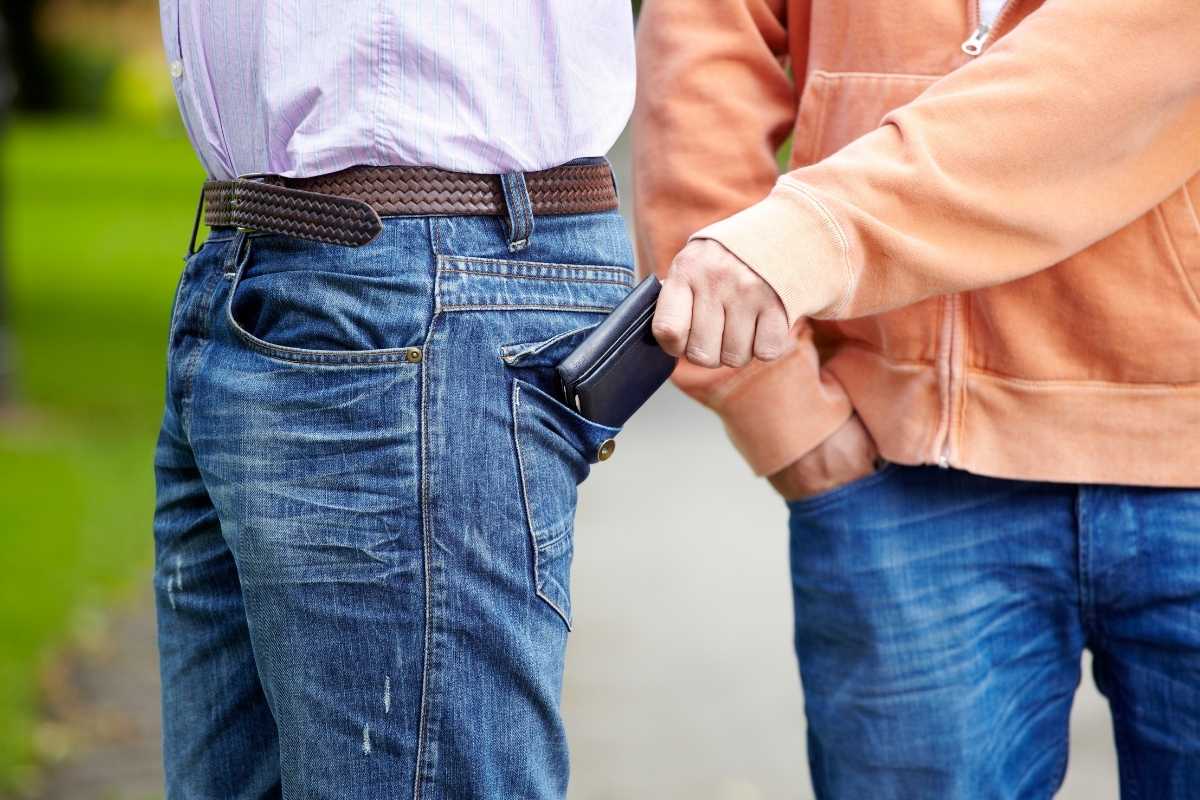
Introduction
If every time you hang out or travel you get anxious about losing your valuables—or worse, having them stolen—you’re in the right place.
Protecting your belongings isn’t just about money or the hassle of having to replace documents. It’s also about peace of mind: when you know you’re keeping your things safe in the best way possible, you feel more at ease and can enjoy your trip more freely.
I say this from experience. I’ve travelled a lot over the years, both for work and leisure, and one thing has always been true: the more secure my belongings were, the more relaxed I felt. And because I’ve travelled so much, I’ve had the chance to try and fine-tune a number of smart tricks to keep my items—especially the valuable ones—safe.
In this article, I’ll share all the tips I’ve learned and refined over time that have helped me hang around with peace of mind and drastically reduce the risk of theft. In the first part, you’ll find advice on how to protect your wallet; in the second, tips on keeping other valuables safe (like your laptop, phone, etc.); and finally, a few bonus travel hacks—general precautions to help you avoid unpleasant surprises or, if they do happen, limit the damage.
I truly hope you find these tips helpful—and that they’ll help you travel more confidently on your next adventure!
How to Protect Your Wallet
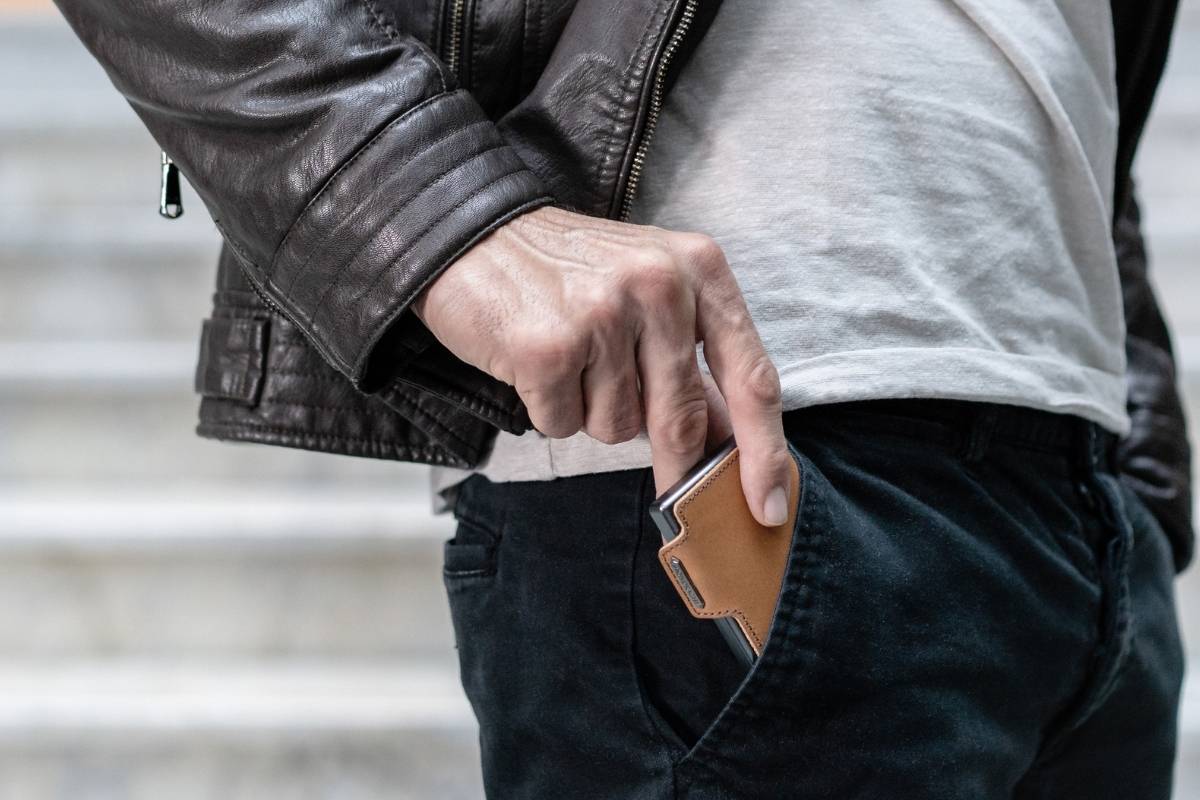
Don’t put it in the outer pocket of your backpack or bag
Yes, I know it’s more convenient to keep it there for easy access, but it’s just as convenient for thieves, because that’s the first place they’ll search. That’s why it’s better to store it in a closed inner pocket—preferably in an anti-theft backpack with hidden zippers. It might be a bit of a hassle to open it every time you pay, but losing an extra 10 seconds is much better than losing your entire wallet!
For me, the best option is to keep it in the front pocket of your pants or the inner pocket of your jacket, which are much less exposed than the back pocket of your pants or the outer pocket of a backpack, and harder to reach. Think about it: it’s easier to steal a whole backpack than a pair of pants or a jacket you’re actually wearing!
Personally, I prefer to keep it pushed deep into the front pocket of my pants, and with my Mondraghi wallet, that’s no problem—it’s so small and compact that it doesn’t even draw attention or create that “Look at me, everyone! I have a wallet in my pocket!” bulge.
If you want to take a look at the Mondraghi miniwallet catalog, click below.
Use an Airtag, SmartTag or a similar tracker
Another trick I always use now is to put a tracker inside my wallet—a small device, just a bit bigger than a coin, that fits into the coin pocket and lets you locate it instantly. It’s a really effortless precaution, because it doesn’t require anything “active” on your part (apart from the initial step of placing it inside the wallet), but it can truly save you in those (luckily rare) moments when you lose sight of your wallet and feel that sinking feeling in your stomach.
To immediately find out where it is, all you have to do is open the app on your phone and view the tracker’s position on the map. It’s super useful both if you misplace it somewhere by accident and in case of theft—because you’ll know exactly where the thief is and can contact the authorities.
For Samsung devices, the compatible tracker is the SmartTag, while for Apple devices, it’s the AirTag, which you can purchase by clicking below.
Include RFID and NFC protection
.jpg)
Nowadays, a hidden RFID reader under a pickpocket’s jacket is enough to steal money from your contactless cards. This type of fraud is called contactless skimming, and I talk about it in detail in my blog article, which you can read by clicking here.
My advice? Use a wallet with RFID and NFC protection—a simple card, identical in shape and size to a regular one, that you insert into your wallet (just like a tracker!) to shield all your cards from fraudulent readers, preventing criminals from stealing your data.
If it’s time to change your wallet, I recommend getting one that already includes integrated RFID and NFC protection, like all Mondraghi wallets: no matter the model or price, they all guarantee maximum protection against fraud. You can check out our catalog at this link!
But if you already have a wallet without RFID and NFC protection and don’t want to replace it, no problem—you can easily purchase the protection separately online or in specialized stores. It costs just a few euros, adds no weight or bulk, and gives you priceless peace of mind. You can find it by clicking below.
Travel with a “decoy” wallet
A little-known but effective method is to carry a decoy wallet—an old wallet filled with uselss cards (without personal data) some pieces of paper to add bulk, kept in an outer pocket or the back pocket of your pants.
It’s a simple yet clever trick because the thief will think they’ve found their loot and quickly move on, leaving you alone with your real wallet. I always carry a decoy wallet in the most dangerous places, and although it’s never been stolen so far, it always makes me feel safer and is a great way to leave a bitter taste for the bad guys.
Never keep all your cash in your wallet
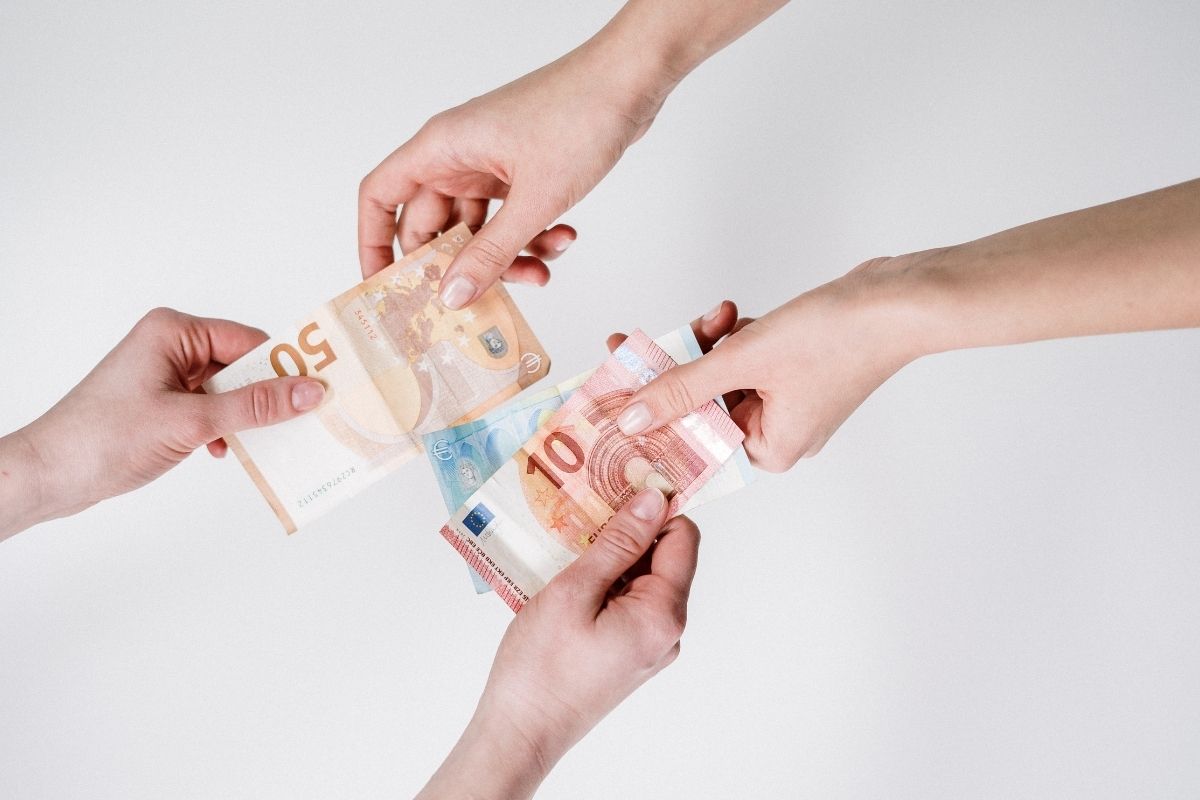
This advice doesn’t offer direct protection, but rather indirect protection: a bulky wallet stuffed with cash, which you might open at a restaurant or museum to pay and everyone around you can see, is much more tempting to steal compared to a slimmer, emptier one.
That’s why my advice is not to keep all your cash in your wallet, but to divide it in different places: one bill in your phone case (as I’ll mention later), some in the hotel safe or locked suitcase, and some shared with your travel companions (if you're away with someone else). If you're not traveling, you just need to hide some banknotes in an unlikely place at home.
By doing this, your wallet looks less appealing than a thick one, and even if it gets stolen, you’ll still have money stored safely elsewhere.
2. How to Protect Other Valuable Items
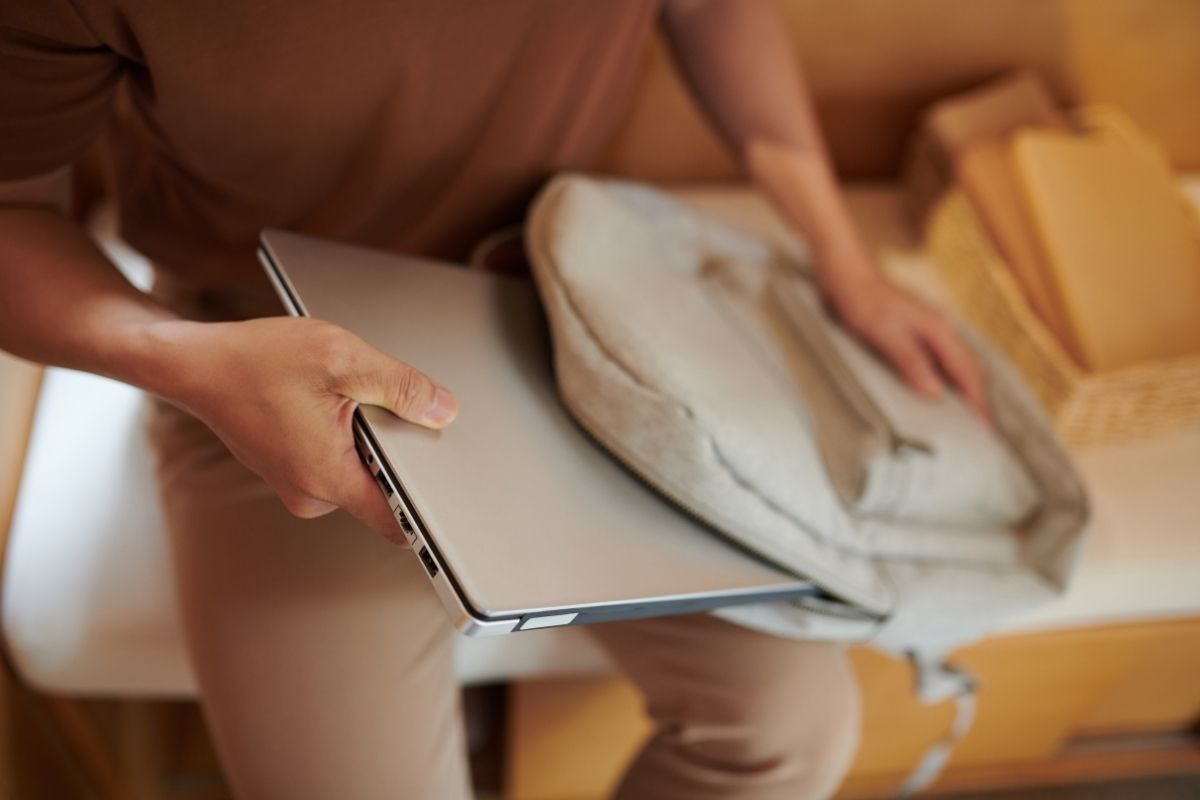
Keep your bag/backpack on your chest in crowded places
I may not be the most stylish guy in the world, but in the subway, markets, and any crowded places, I always keep my backpack on my chest so no one is tempted to unzip it behind my back.
When I’m sitting on public transport, I either hold the backpack on my lap hugging it, or if it’s hot, I put it on the floor and slip one leg through a strap. This way, if someone tries to grab it, my leg acts as a “blocker” and stops the theft attempt.
Use an anti-theft backpack/bag
These are backpacks/bags made with cut-proof fabrics and hidden pockets and zippers, perfect for protecting their contents. There are plenty available on the market to suit all tastes and needs, from large-capacity ones to “mini” sizes, and they’re truly an investment worth making. For example, I have a simple and elegant all-black one for my laptop that I take everywhere (from work meetings to bar happy hours) and it never looks out of place.
Use the hotel safe and lock your suitcase with a padlock
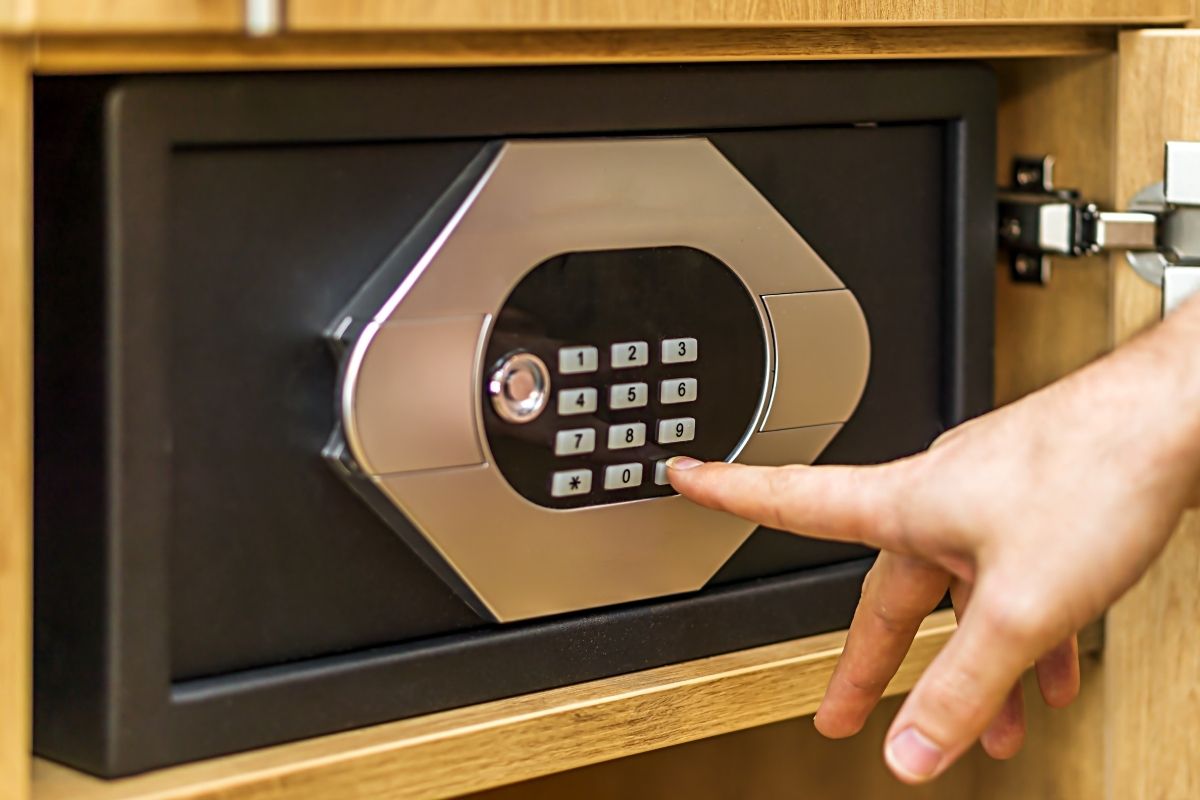
When I arrive at a hotel, I always put small valuables in the safe provided in the room, while I lock up the bulkier items in my suitcase.
In fact, I bought a nice trolley with a lock, so I’m protected both during travel (for example at the airport or in luggage storage) and at the hotel, since unfortunately thefts by staff are not that uncommon. Sure, a suitcase can be easily broken into, but a lock still acts as a deterrent, whereas leaving everything in plain sight or in a drawer... is just too tempting!
Use anti-theft devices for your laptop
If you travel with your laptop and find yourself in shared spaces—such as coworking offices, libraries, or cafés—I recommend getting an anti-theft cable. I admit I didn’t even know it existed until a few months ago, but it’s truly a very useful accessory: it’s a cut-resistant steel cable that you can easily find online or in electronics stores for around 20 euros, and it works just like a chain lock!
One end is wrapped around a fixed object, like a table leg, while the other end plugs into your laptop’s lock slot; once you set the combination, it becomes impossible to remove the cable without knowing it. In short, it’s perfect for going to the restroom or taking breaks without having to carry your laptop with you every time—and without constantly worrying and nervously glancing back at your desk.
Set a secure PIN on your phone and use location-tracking apps
Regarding my smartphone, I set a secure PIN that is not at all connected to me. So no “1234,” no birth year or date: if a thief manages to steal both my wallet and phone together, they can easily find my birth date from my ID card, and that will be the first PIN sequence they try. The same goes for first names, last names, or ‘easy’ combinations used as computer passwords, like ‘Albert96’ or ‘Mark1992!’ — they’re all too easy to guess, thus they must be avoided.
Luckily, my phone has never been stolen (so far…), but the one time I lost it, I used Google Find My Device to locate it by accessing the service from my PC. It’s a geolocation system offered by Google for Android, really convenient to track your phone on a map or make it ring, useful not only if it’s lost but also if it’s stolen. If you use Apple devices, you can use the Find My app on your Mac or iPhone to find the lost device.
3. The Traveler’s Tips

Carry only the essentials in your wallet
Before leaving, I always empty my wallet of everything I don’t need. Loyalty cards from the supermarket, gym membership, waste disposal card… I leave all that at home, both to travel lighter and because if my wallet gets stolen, I won’t have to replace a ton of cards. Usually, I only carry my ID (and passport if needed), health insurance card, driver’s license, and instead of a debit card, I use a prepaid card loaded with just a few hundred euros—just enough for the trip. That way, if it does get stolen, they won’t be able to drain my bank account.
Keep a banknote inside your phone case
Actually, I don’t do this only when I travel — I do it all the time: I keep an “emergency” banknote folded between my phone and its case, usually a 20-euro bill (or an equivalent amount in the local currency if I’m in a non-euro country). That way, if I ever lose my wallet, I still have enough money for a taxi or bus ticket to get to the police station to file a report or to return to the place where I left it.
Make digital copies of important documents
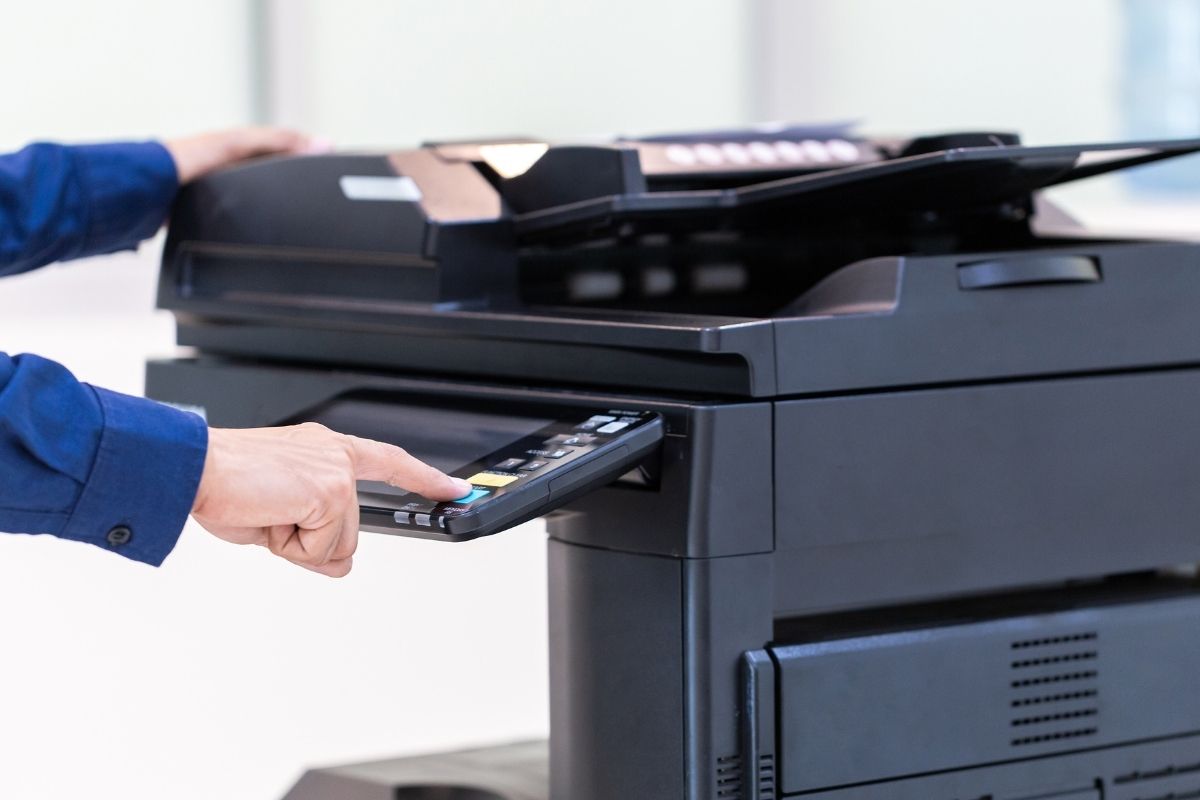
It’s such a simple thing that many people don’t do it, yet it really makes a difference in case of theft. A few years ago, I scanned my passport, ID card, health insurance card, etc., and saved them on a cloud. This way, if I lose my documents, it’s much easier to file a report or contact the embassy. It took me about 10 minutes to scan everything, and I’m covered until they expire, which is still several years away.
Pay attention to the most common local scams
Before organizing my trip, I always research the most common scams and dangers at my destination: fake taxi drivers, suspicious requests for help, specific places where you need to be extra careful... You can easily find this information on Facebook groups or Reddit, which helps you take the right precautions.
Use a luggage tag on your suitcase
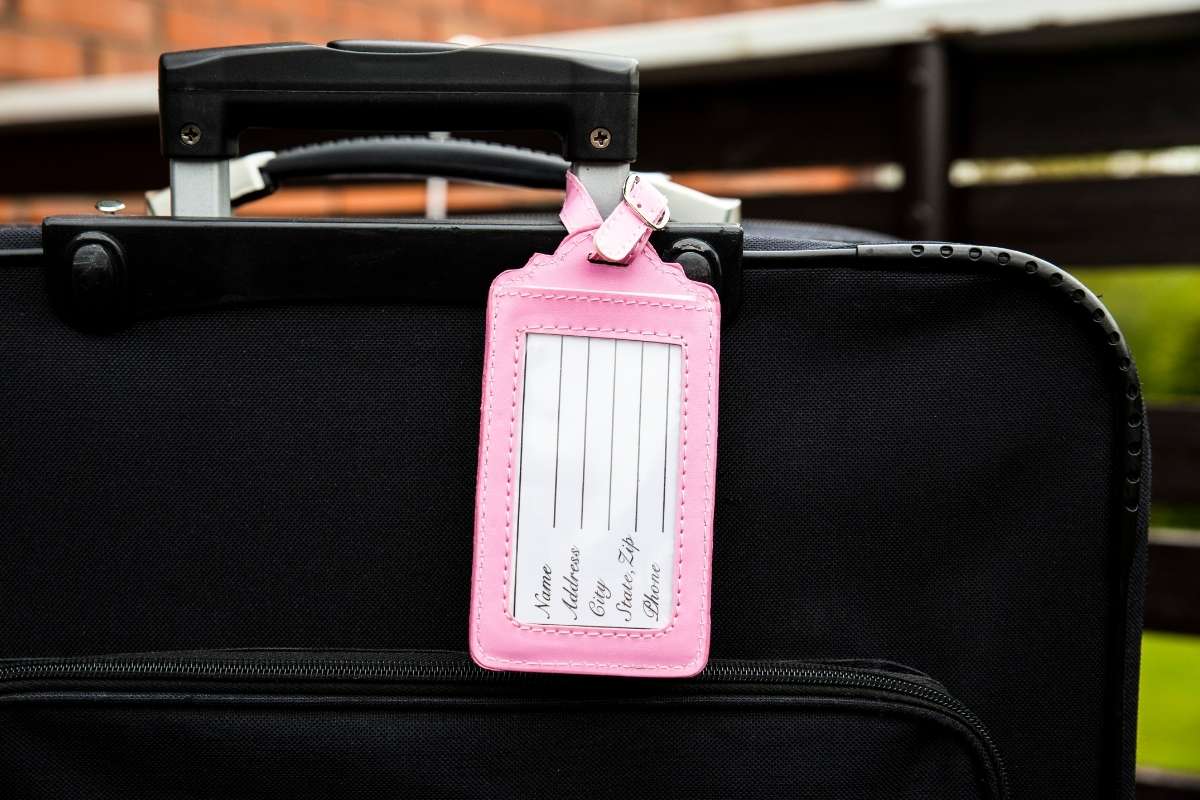
It costs just a few euros and can really save you if your luggage gets lost at the airport: just attach it to a handle on your suitcase and fill in your basic details like your name, phone number (don’t forget the international dialing code!), and email address, and you’re all set. That way, if an honest and kind person finds your luggage, they can quickly contact the owner.
Carry a power bank with you
You might be thinking: what does this have to do with valuables? Well, quite a lot actually. If you lose your wallet, you’ll need to block your payment cards, locate the nearest police station and go there, get your documents reissued, inform others, move from one place to another... In short, you’ll have to do a bunch of things that require a working phone. That’s why I always carry a power bank with me.
Of course, it's useful in general and I use it regardless of thefts, but it truly becomes a lifesaver if your wallet or backpack gets stolen and you suddenly need to use your phone way more than usual—especially at night, when your battery might already be running low.
Conclusion

I truly hope that all the tips I’ve gathered over years of traveling can be useful to you and help you leave with greater peace of mind.
Let me be clear: hanging around safely doesn’t mean becoming paranoid — it simply means using common sense and being prepared, so you don’t fall into the most common traps or make avoidable mistakes. By following these precautions, you really can explore the world without constantly worrying about losing everything or getting your belongings stolen!
Personally, I feel genuinely relaxed when I know I’ve done everything I can to minimize the risk of theft or loss. And in that, my Mondraghi wallet is truly my best ally: it fits perfectly in my front pocket (which is by far the safest place to keep a wallet), it has built-in RFID and NFC protection, and even a coin pocket where I can slip in both coins and a tracking device. Honestly, it doesn’t get better than that.
With that said, I wish you wonderful outings and trips — stay relaxed, and with all your things safe and sound!
